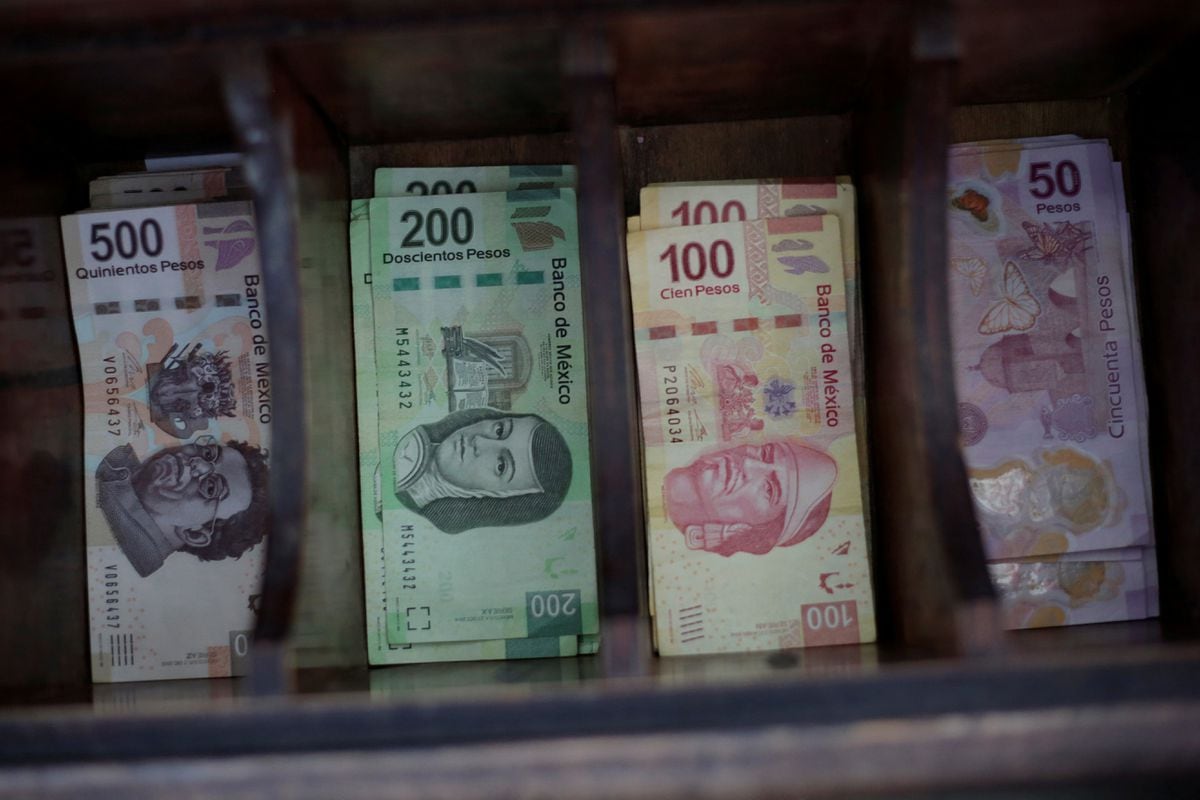

Last year, Mexico reduced its imports of goods from the United States due to the economic crisis caused by the pandemic, while its exports remained high. This has opened up such a large trade surplus that the US Treasury Department considers it “disproportionate” and has placed Mexico on a watch list that seeks to prevent the abuse of monetary practices. The inclusion is a “wake-up call” to the Mexican authorities so that they do not intervene in the exchange rate to reduce exports.
“Mexico’s current account has recorded a historic surplus in 2020,” the report sent to the US Congress on Friday said. “Relatively strong external demand from the US has reduced exports, while fiscal austerity in Mexico has left the economy more exposed to the economic effects of the pandemic, which has led to a collapse in domestic demand that has led to a squeeze in imports.” Mexico has not seen a surplus since 1987, the report said.
The Treasury oversees the macroeconomic and foreign exchange policies of its trading partners and “any major US trading partner that accounts for a large and disproportionate share of the global trade deficit” can make the list. In 2020, Mexico became the largest trading partner of the United States. In the past, the US has accused China, for example, of manipulating its currency to reduce its export output, generating an “unfair” competitive advantage.
Inclusion of Mexico in Monitoring list (The watch list) is given to avoid exactly this situation, explains Ignacio Martínez Cortés, coordinator of the Laboratory of Commerce, Economics and Business of the National Autonomous University of Mexico (UNAM). “It’s a prelude to drawing attention to the Bank of Mexico and the finance ministry,” says Martinez, “unlike what we saw in 2019 when the United States accused China of manipulating its currency.” It is not the case, but it is a wake-up call ”before resorting to the T-MEC chapters, the free trade agreement between the two countries, in order to resolve a potential conflict.
Due to the economic crisis due to covid-19, the Mexican peso lost 8% of its value on February 10, 2020, a day before markets began to react to the pandemic. Banco de México conducts exchange rate operations to counteract the volatility of the peso or to accumulate reserves. In 2020, the bank intervened “minimally” to defend the peso, assessed by the Treasury. “The country’s prudent and inflation-oriented monetary policy and a flexible exchange rate regime continue to be crucial pillars of Mexico’s macroeconomic framework for resilience to shocks.”
“What the Treasury Department is looking for, along with the Commerce Department, is to implement measures so that Mexico does not have a large trade surplus, because it would affect the economic plan of the [presidente Joe] Biden, who is just creating jobs in the United States, ”says Martínez. “In this case, there is a monetary variable that plays in Mexico’s favor.”
In the last paragraph of its chapter on Mexico, the Treasury also gave its opinion on the Mexican government’s investments in the two state-owned energy companies, as a factor that could contribute to this trade imbalance between the two countries: prevent recovery and potentially reduce term growth. “
“Mexico’s costly support for increasing market dominance for deficient state-owned companies is depleting public resources for essential expenditures and marginalizing investments in renewable energy that would reduce user costs and free up fiscal space for more productive investment and social protection. To the extent that net energy exports from the United States to Mexico may decline as a result of Mexico’s political goal of increasing its independence from fossil fuels, Mexico’s trade surplus with the United States may increase, ”Treasure notes.
Subscribe here to newsletter from EL PAÍS México and receive all the news keys of this country